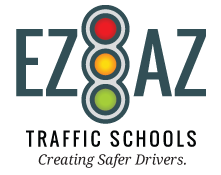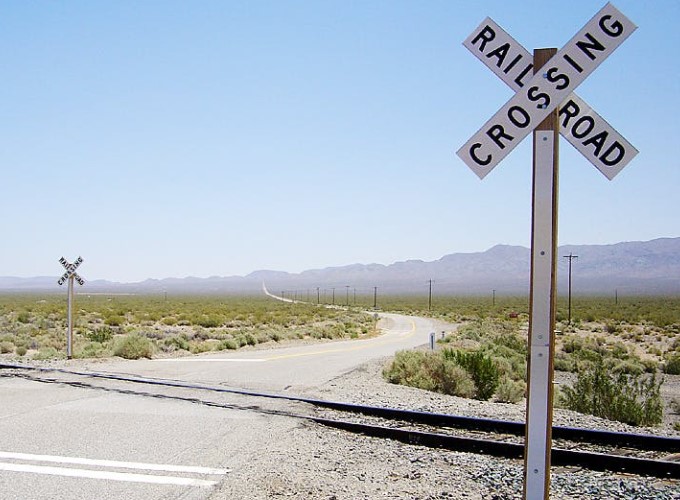It is illegal to drive around lowered gates at a train crossing and it can be catastrophic to do so. There is a 1-800 number to call that is posted on or near the crossing signal, if the signal is not working or contact local law enforcement. Trains travel faster than they appear, never race a train to the crossing, no one wins. Do not stop on the tracks and proceed only through a highway-rail grade crossing, avoid getting trapped on the tracks by being sure your vehicle can completely clear the crossing. A train is 3 feet wider on both sides than the tracks. If a train is coming and your vehicle gets stalled on the tracks get out immediately and move as fast as you can away from the tracks. Move in the direction from which the train is coming not in the same direction as the train is traveling because if there is a collision you could be injured by flying wreckage. Immediately call 911. Be alert for other trains, another train could be approaching on another track.
AT ALL TIMES ANTICIPATE A TRAIN!
Schedules for Freight Trains Vary
Trains cannot stop quickly even if you are seen on the tracks, a freight train can take a mile or more to stop when traveling at 55 miles per hour even after emergency brakes are employed. Always wait for the train to clear before proceeding.
Trains Are Fast
- A train travels faster than it appears the sheer size of it makes it seem to be going slower than the actual traveling speed.
- A driver when crossing railroad tracks needs to go across at designated crossings, proceeding across quickly after having looked both ways and do not stop. Keep at least 15 ft distance between your vehicle and the tracks.
Rail safety tips for pedestrians:
There are designated pedestrian and roadway crossings obey all warning signs and signals, cross tracks only at these designated spots. Walking down a train track is illegal and it is dangerous. It is too late to stop a train to prevent a collision by the time a person or vehicle is viewed on the tracks by train personnel.


